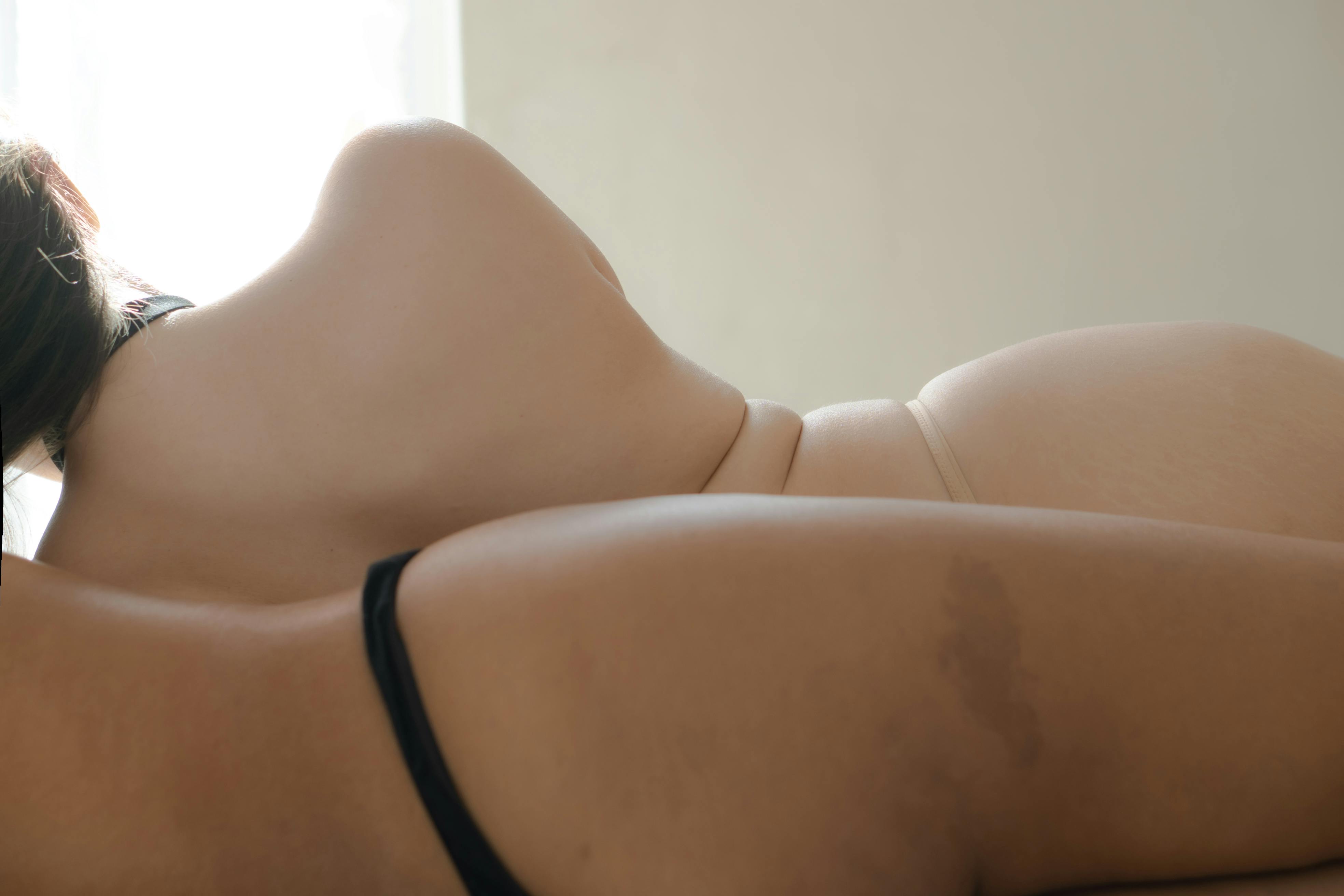In the past, there was no specific fashion for children. The boys and girls, from the moment they could walk, dressed like their mothers and fathers.
Children’s clothing corresponded exactly to the world of adult fashion, down to the smallest detail. Right up to the early 18th century, children dressed according to their station in life, looking like miniatures of their parents.
Oil paintings from that time show wealthy families, all dressed in their finest attire. The sons wore elegant velvet suits with lace collars and the daughters wore elaborate gowns with layer upon layer of elegant silk. The richer you were, the more silk you wanted to wear. People from poorer situations wore simpler clothing of coarser fabric, including wool, cotton, and linen, or heavily used second-hand garments.
With the dawn of the industrial revolution came the production of much affordable cotton, and clothing began to become more spacious and comfortable. This was true for both adults and children. At last, people could move more easily while going about their daily tasks. Boys and girls could run and play much more freely. They were no longer weighed down by heavy coarse cloth. Society and fashion were becoming much more relaxed.
In the Regency, Victorian and Edwardian eras, long before the advent of washing machines, girls wore aprons and smocks to protect their dresses from dirt. An attire to attend a party, church service, or wedding called for a highly decorated apron, complete with lace and embroidery. Everyday aprons were plain and undecorated. Boys may be attracted to a sailor suit with a large collar.
Even though clothing and fabrics were becoming less restrictive, styles that were reminiscent of adult fashion were still worn by young ladies and gentlemen. The girls wore dresses made of white percale, muslin, and a yellow cloth called Nankeen that was imported from China. The empire line was in fashion, with high-cut bodices, worn with a slip. Usually made from muslin, this style was tied with a sash or ribbon just below the breast.
In the romantic era, waistlines began to drop again. The dresses flaunted fur trimmings, ruffles and ruffles. This new look was completed with elaborately decorated hats and bonnets. Still, the young women were dressed to look like mini adults, while their brothers could be found wearing the infamous Little Lord Fauntleroy costume.
All women and girls wore long dresses, but in the early 19th century, younger women began to shorten their skirts. If you were seventeen or eighteen, you were considered a young woman and your skirts were long. A sixteen-year-old girl’s skirt reached her ankles, while a fourteen-year-old’s skirt skimmed her calf. A twelve-year-old girl enjoyed the freedom of a dress cut just below her knee. Boys ran around in shorts or boxer shorts until they graduated into adulthood and attendant long pants.
In the 1840s, all women, no matter their age, wore crinoline-style shirts, carried to the limit with stiffly starched petticoats, reinforced with horsehair. Sometime later, lighter-weight underwired cage crinolines made of wire became all the rage.
Since a sudden breeze could billow a skirt and, horror or horror, reveal a leg, trousers were invented. These roomy long-legged pants, made of white linen or cotton, did the trick. Very soon they became a fashion statement in themselves, embellished as they were with ruffles of white lace. This was the beginning of underwear made to be seen.
Gradually, the crinoline and petticoat began to migrate from front to back, evolving into the adult bustle. Around this time, little girls’ fashion began to take on a style of its own. Young women preferred long-waisted dresses that hung over a false pleated skirt.
In the early 1880s, girls wore much slimmer styles, with dresses that flared over a draped sash that tied around the waist. This style was a precursor to the distinctive pocket blouse styles that came with the Edwardian era.
Gradually children’s clothing began to take on a life of its own. More and more people began to travel, and this fact had a great influence on fashion. Tartan became extremely popular as a useful and attractive fabric, especially for kilts and school uniforms.
As more and more families migrated to the coast for their annual summer vacations, nautical styles were gaining in popularity. Both girls’ and boys’ clothing sported large sailor collars with rows of braided trim. These styles continued through the Edwardian and late Victorian eras. Quartermaster jackets with a whistle created a false front that required no shirt underneath.
These early trends in children’s fashion have continually gained momentum. Today, our children and grandchildren can dress as they please. From the moment they are born, parents and friends gift them with the most current designs. As they progress through the lower grades and high school, kids are bombarded with shows, movies, and commercials, starring kids their own age, whom they desperately want to emulate.
The way trends come and go these days leaves parents struggling just to keep up. The latest outfits can be expensive, and if you have two or three kids, it can be a real kick in the wallet. One solution is to stay away from malls and specialty stores and shop online. There are many online wholesale clothing sites that specialize in wholesale children’s clothing and designer brand clothing. You are sure to find unique designer fashions that will please both your child and her pocketbook.




